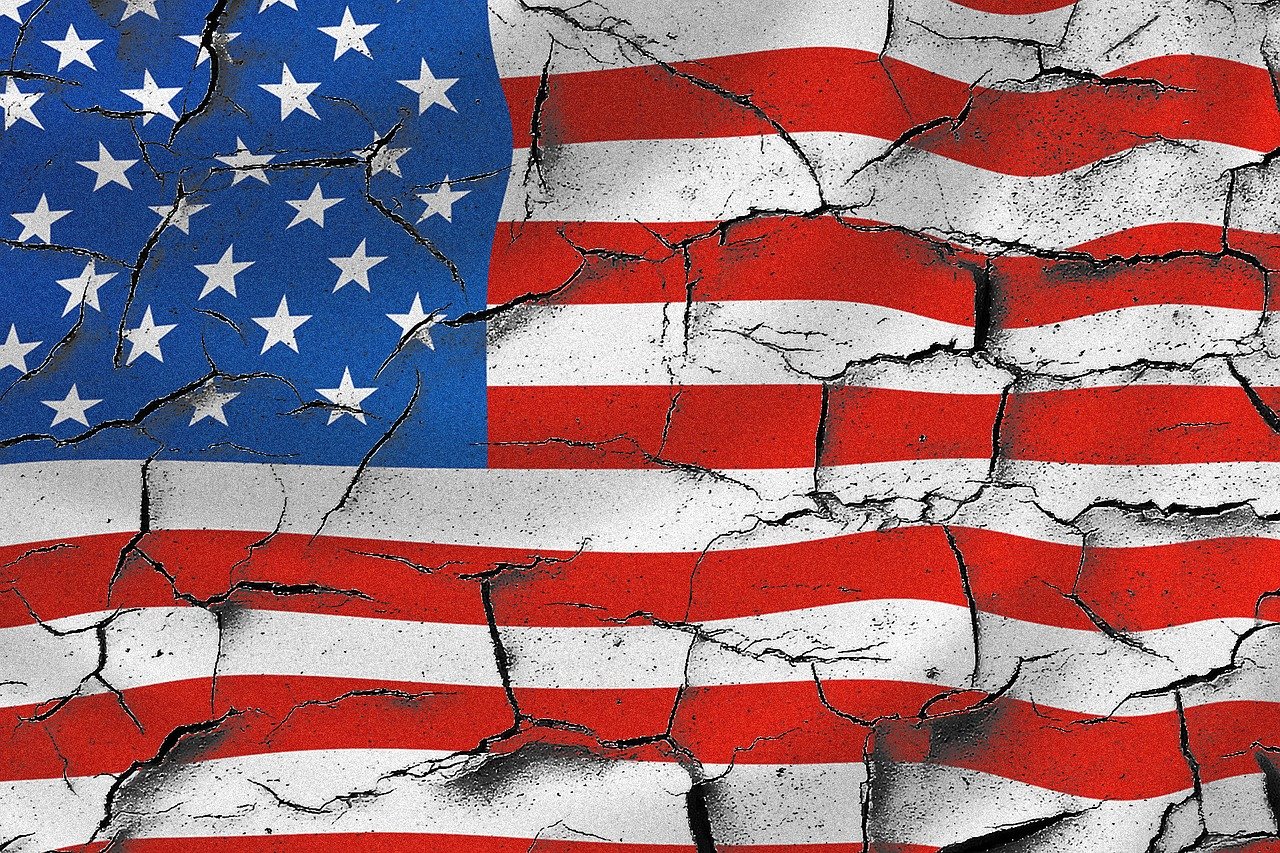After several cash-flush pandemic years, school districts across the country are facing budget shortfalls, with pressure closing in on multiple fronts.
A flow of federal dollars — $122 billion meant to help schools recover from the pandemic — is running dry in September, leaving schools with less money for tutors, summer school and other supports that have funded pandemic recovery efforts over the last three years.
At the same time, declining student enrollment — a consequence of lower birthrates and a growing school choice movement — is catching up to some districts.
The result: Districts across the country must make tough decisions about cuts that will affect millions of families as soon as the next school year. The cuts, which many districts put off during the pandemic, could interrupt the recovery of U.S. students, who by and large have not made up their pandemic losses.
“I’m concerned that too many state and district leaders had their heads in the sand about the coming fiscal cliff, and now they are being confronted with really painful decisions,” said Thomas S. Dee, a Stanford University professor who has studied student enrollment trends.
The cutbacks span districts rich and poor. In the Edmonds, Wash., school district, an upper-middle income area north of Seattle, music classes were a target of district slashes, mobilizing a local foundation to raise more than $200,000 to try to save them. In Montgomery County, Md., an upscale suburb, the district is slightly increasing class sizes to save money.
Thank you for your patience while we verify access. If you are in Reader mode please exit and log into your Times account, or subscribe for all of The Times.
Thank you for your patience while we verify access.
Already a subscriber? Log in.
Want all of The Times? Subscribe.

